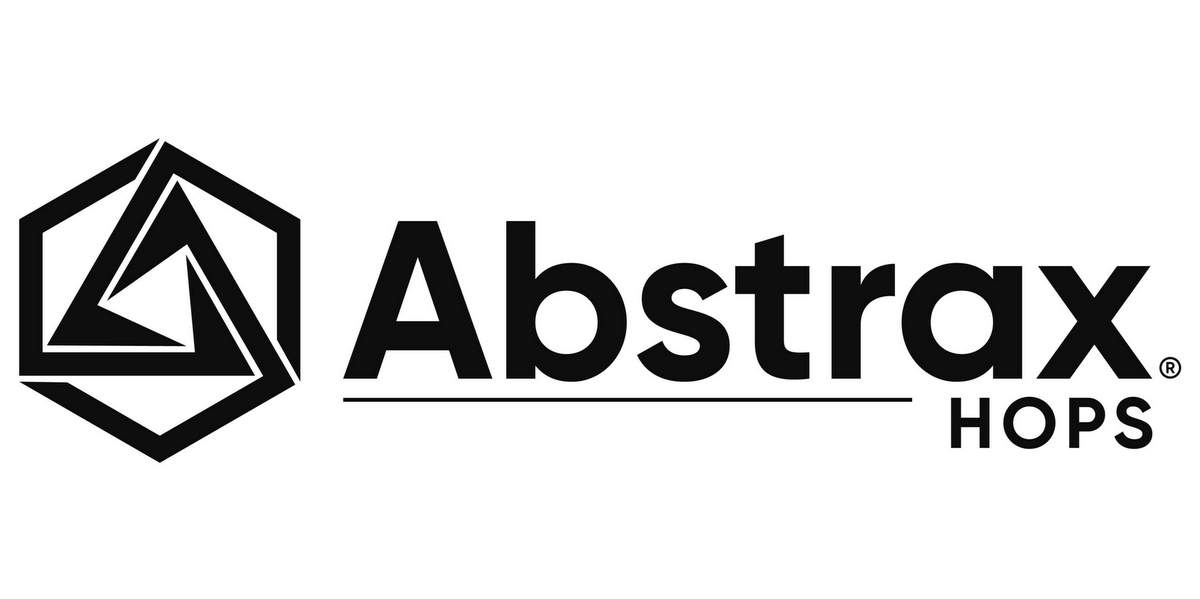
Anderson Valley Brewing Co. in Boonville, Calif., makes some awesome Goses. In fact, Brewmaster Fal Allen wrote a whole book on them. So who better to submit 6,000+ words on the topic?
- Part 1 covered the entire history of the Gose to this point — from the dawn of humanity to its fairly recent revival.
- Part 2, Fal gets nerdy about the technical specifications.
Part 3 here (the finale!) is all about souring methods.
There are many methods for souring beer, some of them easier, others more complicated. In this article, I will discuss a general method – but keep in mind that one could improvise and that there can be many variations on this theme.
Originally, a thousand or so years ago, Gose was spontaneously fermented. Today, a few brewers choose to sour the beer in a co-fermentation by pitching both bacteria and yeast during their cellar operations, but by far, most brewers produce Goses using a brewhouse souring process.
Brewhouse Souring

Brewhouse souring is usually done in the brew kettle. There are several methods and we will discuss the details a little bit later, but they all begin in the same way.
The mash is completed as one would in normal brewhouse operations. The wort is then separated from the grain, it is run into the kettle and cooled to the proper temperature (between 95 and 120 Degrees F). There, the brewer then pitches a source of Lactobacillus bacteria into the wort. The wort is held at a temperature of 95–120°F (37–49° C) and the Lactobacillus is allowed to produce lactic acid until the desired pH level is achieved. At that point the wort can be boiled like a normal brew. The bacteria are killed by the heat of boiling, and the wort can then be transferred into a fermenter. With proper care by the brewer there should be little worry of contaminating other beers.

The advantages of kettle souring, as opposed to post-kettle souring, are several.
- First, the soured wort gets boiled before being transferred to fermentation, thus no live Lactobacillus bacteria is sent into the cellar.
- Second, it enables you to fix the level of acidity desired with a high degree of accuracy.
- Third, if desired you can add a little more hop bitterness to your beer. This can be done during the boil because the usually hop-intolerant Lactobacillus has already done the souring prior to your hop additions.
It is important to remember that as little as 5 IBUs can retard Lactobacillus growth, and that Gose traditionally are not hoppy beers.
The main variations on the kettle souring methods are the source of the Lactobacillus and the process of how one sours the wort in the brewhouse. The choices for souring the beer have been discussed earlier.
Oxygen exclusion
The reason that kettle souring of the wort is superior to sour mashing is that the mash contains a lot of bacteria that can produce some pretty unpleasant aromas in beer.
In order for these bacteria to produce these notes, they need two things: a high pH (above pH 5), and oxygen. Without these two vital things, these “bad” bacteria cannot carry out their life functions and produce unwanted aromas.
To eliminate these two things a brewer needs to get the wort off of the grain (thereby greatly reducing the amount of oxygen & bad bacteria in contact with the wort), and begin the souring process as fast as possible so as to lower the pH below 5.
Removing the wort from an oxygen source is probably the more important of the two. The kettle dimensions provide less surface area to air (oxygen) ratio. Some brewers go a step further and either purge their kettle with a gas that will displace the air (like Carbon dioxide, Nitrogen or Argon) or put a “blanket” of those gases on top of the wort as the kettle fills and during the souring. Some brewers even do both.
Getting the wort into the kettle, purging it with gas and or blanketing the wort with gas will all help to exclude oxygen from your process.
Lowering the pH
There are several options to lowering the pH below 5 as soon as possible.
- The easiest is to add some food grade lactic acid to the kettle as you run off your wort. Not too much just enough to adjust the pH down to 4.9.
- The other way to lower the pH quickly is to pitch the proper amount of LAB into the wort so it begins souring it fast.
In either case you will need to lower the temperature of the wort from around 150 degrees F (65.5) to the optimal range for LAB growth 95 –120°F (37–49° C). This can be done in several ways. You can create a wort with a higher gravity than is ultimately desired and add cooler water to the wort in the kettle to cool it down. Or you could run the wort through a heat exchanger to cool it to the proper temperature. What you should not do is wait for it to cool on its own.
Pros and cons of other options
For brewers who do not want, for whatever reason, to go through the process of a bacterial fermentation, there are other options.
Lactic Acid Addition
A brewer could simply add lactic acid to the wort or beer. The advantage of this method of souring is that it is simple. It can even be done post fermentation, thus leaving your yeast happy and healthy, and there is no danger of infecting any of your other beers with Lactobacillus.
Unfortunately, there can be several problems associated with this method of souring your beer. The flavor is not the same as a bacterial fermentation; many people, myself included, assert that sour beers made this way are less complex and less interesting. They do not have the depth of flavor that one might hope to taste in a Gose.
Also, concentrated lactic acid can be very syrupy and it can be very hard to mix into wort or beer, especially in cold, finished beer. For these reasons, I recommend that you avoid simply mixing lactic acid into beer for your souring.
Acidulated Malts
Acidulated malts can be added to the grain bill to bring the pH down. The advantage to this souring method is that it is very easy, and since no live bacteria are involved, there is no greater risk of infecting other beers than you would have with a regular mash.
The disadvantage to this method is that it does not bring the pH down as much as some brewers would like. That is unless you use a prodigious amount of acidulated malt, and this will have flavor impact that people would find undesirable. To drop the pH of your mash from 5.2 to 4.2, add approximately 8–15 percent acidulated malt to your total grist bill.
A brewer could always combine two or more of the above methods to create an acceptable souring process and add an acidity that fits your brewery and your beer. In the end, it is all about finding the method or methods that work best for you and creating the beer you want.
If you are interested in more details about Gose and techniques for souring beer you can find them in the book Gose: Brewing a Traditional German Beer for the Modern Era.





Leave a Reply
You must be logged in to post a comment.